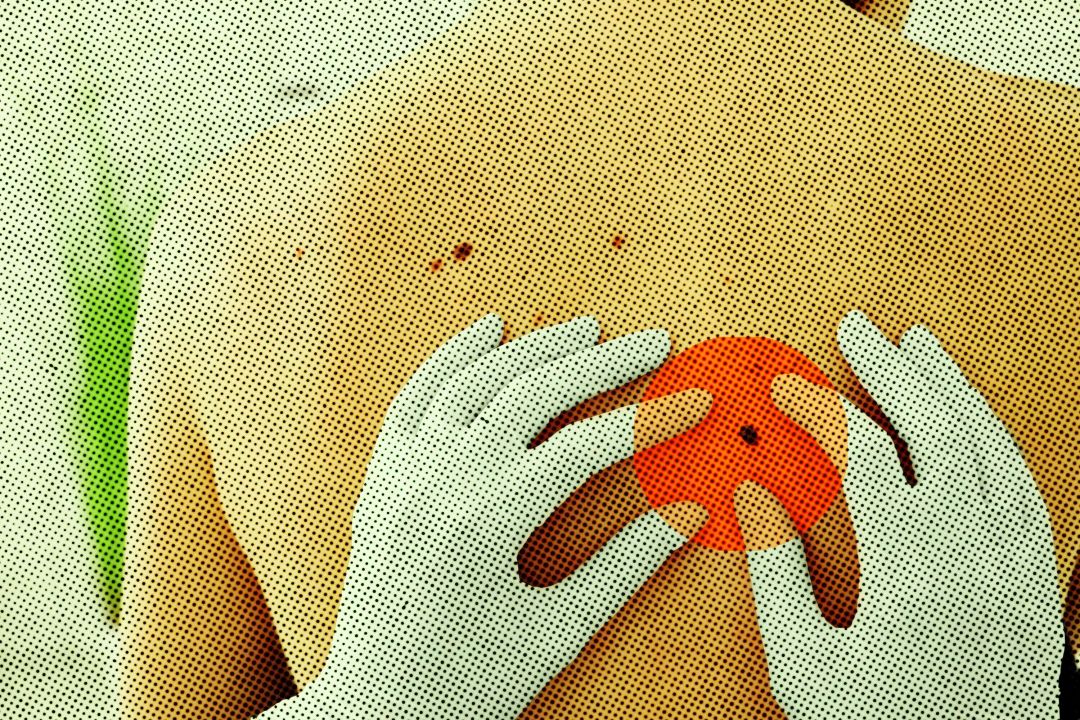May was Skin Cancer Awareness Month. How Can We Still Keep Our Skin Safe?

Image: Kari Perrin
More than 9,000 people are diagnosed with skin cancer in the United States every day. One in five Americans will develop skin cancer in their lifetime. Skin cancer is the most common type of cancer and can affect anyone with any skin color or type.
May was Skin Cancer Awareness Month, yet the American Academy of Dermatology and Skin Cancer Foundation remind folks all year that skin cancer can be preventable. The foundation also shares resources to keep skin protected. Here's how to keep your skin safe this summer.
Check for skin changes
Don't wait to make an appointment your dermatologist if you see something on your skin with irregular colors, changing shape, bleeding and itching, and that doesn't resolve itself in two weeks.
Even if everything is normal, it's still recommended to completely examine your skin every three months.
Get regular follow-up appointments if you've had skin cancer.
You are at a higher risk of recurrence if you've had cancer before, so your doctors will want to examine your skin more than once a year. When detected and treated early, it can be cured. Even melanoma, the deadliest form of skin cancer, has a cure rate of almost 95 percent when it is caught early.
Learn about the kinds of skin cancer.
There are three types of skin cancer that can affect various levels of the skin. Basal cell carcinoma occurs on parts of the skin that are exposed to the sun like the face. Squamous cell carcinoma is the most common skin cancer in people with darker skin and occurs on the legs or feet. This kind can spread to other parts of your body. Melanoma is the most aggressive form and is likely to spread. It occurs in the pigment cells of skin regardless of sun exposure.
Find the treatment option right for you.
Skin cancer treatment options include Mohs micographic surgery, excision, electrodessication and curettage and topical treatments. Surgery is usually the first treatment when it comes to removing the cancer.
Mohs surgery is a precise surgical technique in which thin layers of cancer-containing skin are progressively removed and examined. It is done at an outpatient facility and takes only a few minutes. Mohs surgery minimizes the chance of regrowth and reduces the potential for scarring. It is also covered by most insurance plans, including Medicare.
How can you protect skin from UV rays?
Wear sunscreen daily. Use a golf ball-sized amount of broad spectrum SPF 30 or more on skin exposed to the sun. Reapply every two hours and to face after sweating.
Seek shade as much as possible. The sun is strongest between 10 a.m. and 4 p.m.
Wear protective clothing. Use UPF rash guards at the beach or UV protection shirts. Try wide-brimmed hats, too.
Wear broad spectrum sunglasses. This will protect delicate skin around eyes.
Avoid indoor tanning. According to the CDC, tanning beds and booths can expose users to high levels of UV rays. Too much exposure can cause skin cancer, cataracts and cancers in the eye.
For more information about Skin Cancer Awareness Month and resources, click here.



